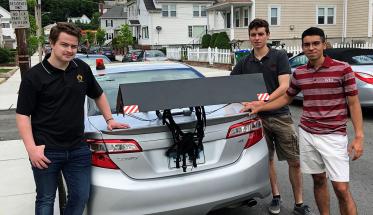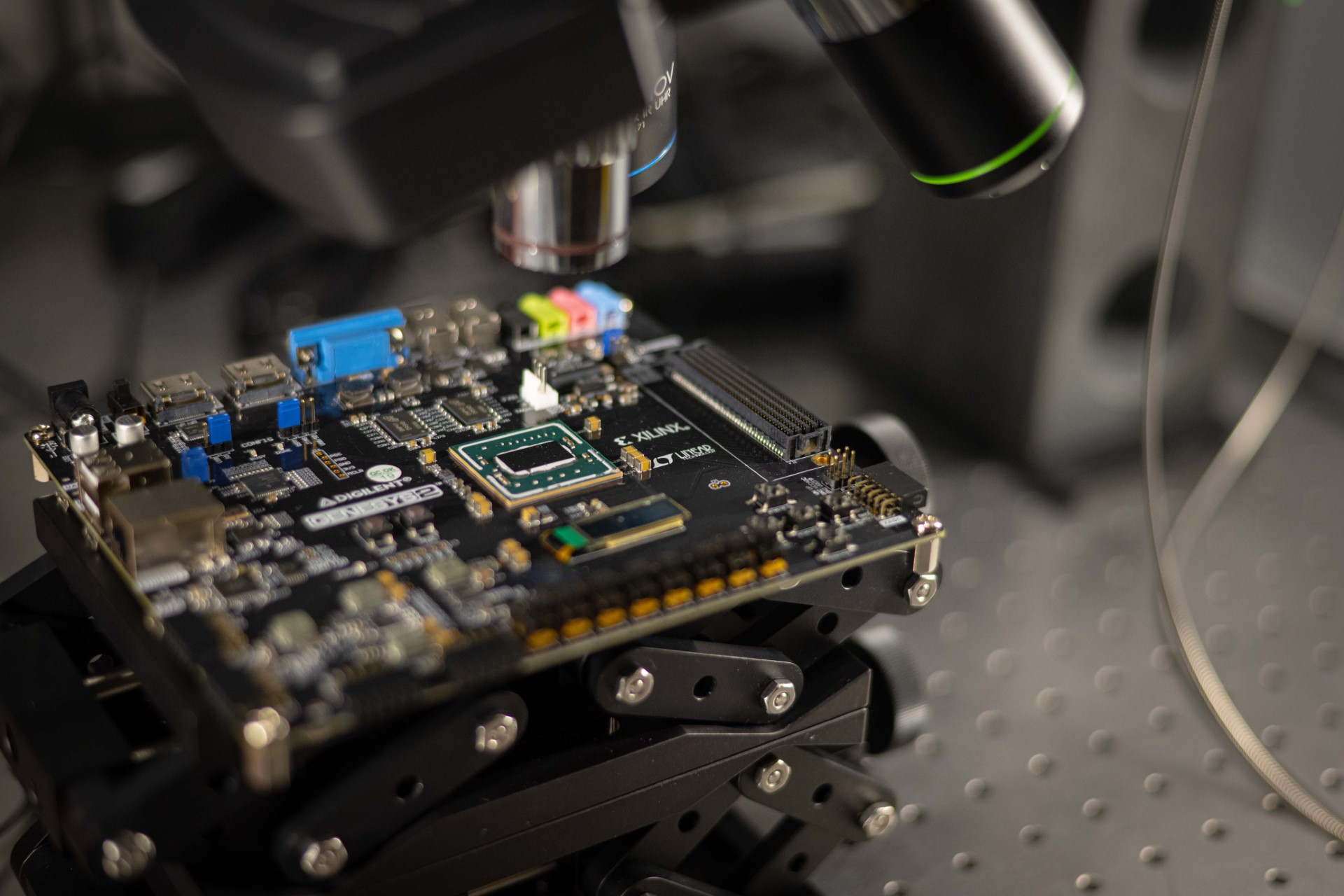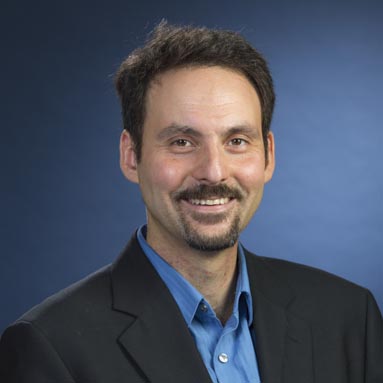Three WPI students earned first place honors and a $10,000 prize recently in the Second Annual SICK Challenge. SICK Inc., named for the late Dr. Erwin Sick, was founded in 1946 in Germany and is one of the world’s leading manufacturers of sensors, safety systems, machine vision, encoders and automatic identification products for industrial applications. The competition challenges students to develop a solution to a problem using SICK Inc. lidar technology.
The WPI trio—recently graduated seniors Noah Budris of Oxford, Conn., who majored in mechanical engineering; Daniel Pelaez, also of Oxford, Conn., who majored in electrical and computer engineering; along with rising fifth-year senior Noah Parker of Arlington, Mass., who is majoring in computer science and robotics engineering—developed a product dubbed ROADGNAR (described below), which detects, analyzes, and measures potholes, cracks, and other pavement deficiencies that cause roadways to be in poor condition.
With this data, local governments can better prioritize what roads need to be repaired based on their condition. Alex Wyglinski, professor of electrical and computer engineering, served as faculty advisor for the team, and said “the students drove this effort 100 percent.”
The Herd caught up with the students recently to learn more about their reaction to winning the virtual competition, the technology and their roles, and their plans for the future.
The Herd: Congratulations on this big win. What was your reaction to winning the SICK challenge?
Daniel Pelaez: I was in shock. We didn’t really expect it. We knew we did a good job and I thought we’d come in third place or runners-up. When we weren’t announced for third or second, I thought, “Well, we tried our best.” I looked away from my computer for a little bit and thought someone else won. And then I saw all of our faces on the screen of the virtual presentation of the winners and called Noah Budris and texted Noah Parker and said “Guys, this is crazy!”
The Herd: How’d you come up with the name ROADGNAR?
Noah Budris: Originally, it started as ROADAR which is a combination of road and lidar (light detection and ranging). Then we changed it to ROADGNAR because our product benefits the gnarly roads of New England.
The Herd: What problem were you trying to solve?
DP: This problem came to us long before we even were presented with the opportunity to participate in the SICK Challenge. In New England, some of the roads are pretty horrendous in places, and we wondered what towns and cities were doing to identify and fix large potholes on a timely basis. I then contacted my good friend, Noah Budris, who I’ve known all of my life and said, “Hey, man, let’s look into this problem.” In the spring of 2019, we ended up being runners-up for the Strage Innovation Award at WPI for an early ideation of ROADGNAR. And then we found out about SICK, applied for the competition, and got our sensor.


